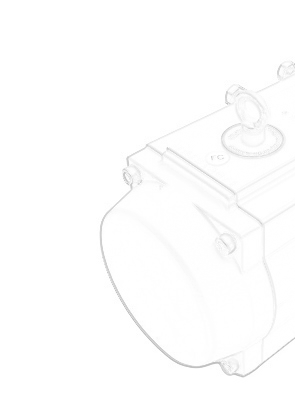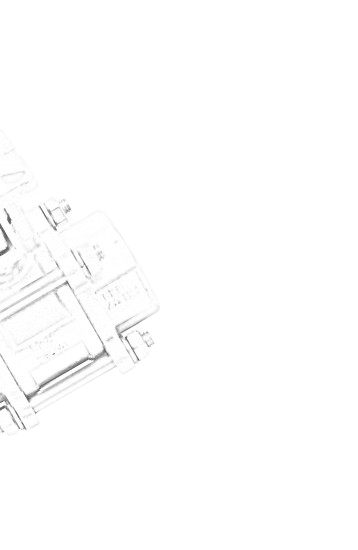



A butterfly valve is a type of valve that operates through a quarter-turn rotational motion. It is widely used in various applications to control, regulate, or halt the flow of fluid or gas. The valve comprises four main components, namely the body, disk, stem, and seat.
1. Easy and fast operation: Butterfly valves can be quickly opened or closed with a 90° rotation of the handle. This makes them convenient for efficient flow control.
2.Cost-effective: Butterfly valves are relatively inexpensive to build compared to other valve types. Their design requires less material, and certain types, like wafer valves, can fit between pipeline flanges, further reducing costs.
3.Space-saving design: The compact design of butterfly valves requires less space, making them suitable for applications with limited spatial constraints.
4.Reduced maintenance: Butterfly valves have a reputation for reliability and low maintenance. They experience less wear and tear, which extends their useful life and reduces the need for frequent maintenance. This results in cost savings and fewer hours spent on valve upkeep.
1.Water systems: They perform well in large volume water applications, such as in cooling water systems and fire protection systems.
2.Slurry services: Butterfly valves can handle slurry and similar services effectively, where the flow contains solid particles suspended in a liquid.
3.Vacuum service: Butterfly valves can be used in vacuum systems to control the flow of air or gases.
4.High-pressure and high-temperature applications: They are suitable for water and steam services that involve high pressures and temperatures.
5.Compressed air or gas applications: Butterfly valves can regulate the flow of compressed air or gases in pneumatic systems.